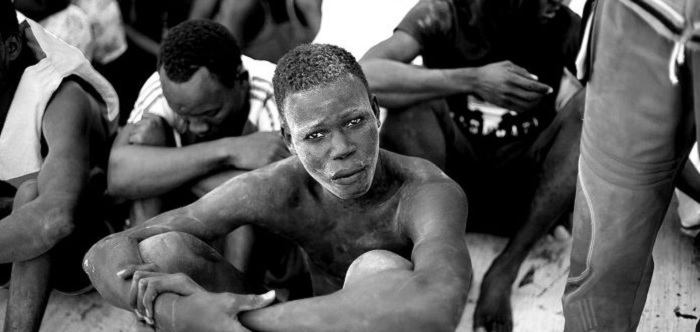
Turkish President Erdogan is currently in a precarious situation. Turkey suffered in Syria severe military setbacks with dozens of killed. Yesterday’s agreement with Russia’s President Putin foresees a withdrawal of the Islamists supported by Turkey from a larger area to the south and east of Idlib. More than 30 Turkish soldiers died in Libya in the last few days. EU sanctions against two Turkish citizens because of the natural gas drilling off Cyprus are damaging to Erdogan’s reputation.
As a result of these events, Erdogan is increasingly under domestic pressure. Unsurprisingly and based on his previous positive experience with a very weak Europe, he is trying to mark the “strong man” against Europe, also to give himself some relief at home. Consequently, Erdogan has opened the gates for migrants on the way to the west in order to extort the Europeans. He is not only interested in more money, but also in NATO’s support for his campaign in Syria. Furthermore, he also wants to prevent the search of Turkish ships with weapons on the way to Libya by the upcoming EU maritime mission. The statements of several European politicians do not indicate that they have understood the whole scope of the problem.
For the time being, Greece is able to hold the migrants back on its border, but Europe should urgently prepare for a new wave of refugees. What is needed now to prevent a new major migration crisis is a stop-gap plan and a mid-term strategy for a lasting containment of the problem. Both are described in detail in “Migration: A stop-gap Plan and a mid-term Strategy”
The “stop-gap plan” foresees the transport of migrants who have been picked up at Europe’s borders or rescued from the sea to an uninhabited island or – as an interim solution – to larger ships. Once there, the countries of origin must be determined and those who have no prospect for asylum must be immediately repatriated. The others are subjected to an orderly, but swift asylum procedure. The political and legal framework for this is overdue.
In addition, it is urgent to talk about EU (co-)organized & (co-)funded “Refugee Safety Zones” (see the article) with Lebanon and Jordan for Syrian refugees who have arrived in Europe. Perhaps now the time has also come to discuss the return of Syrians to their home country, possibly with third-party mediation. Not every Syrian who has fled is an “opponent of the regime” who faces prison, torture & death upon return.
It is obvious that Erdogan interprets every European concession as a weakness and will continue to act accordingly in the future. It is an illusion that the problem can be solved by accepting a couple of thousand more migrants in Europe and by paying another billion to Turkey. More and more migrants will come, and more and more concessions will be demanded by Erdogan.
Consequently, there are two decisive elements. One must
take away the opportunity for continued extortion by Erdogan and
send the master message “There is no longer a forced entry into Europe!” to migrants and human traffickers. Both can be achieved with this “stop-gap plan”. But for a long-term solution to the migration problem, a mid-term strategy with the three layers “Containing the “multipliers” for destabilization”, “Achieving a broad impact” and “Narrowing the gap to the developed world” is required.